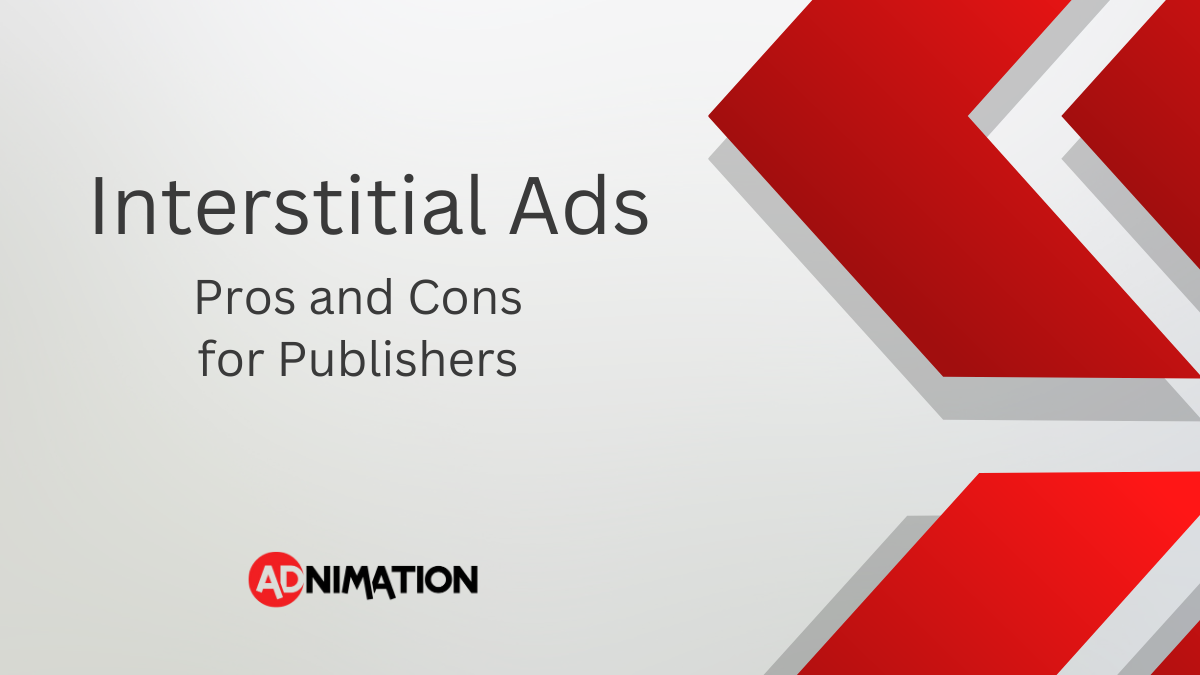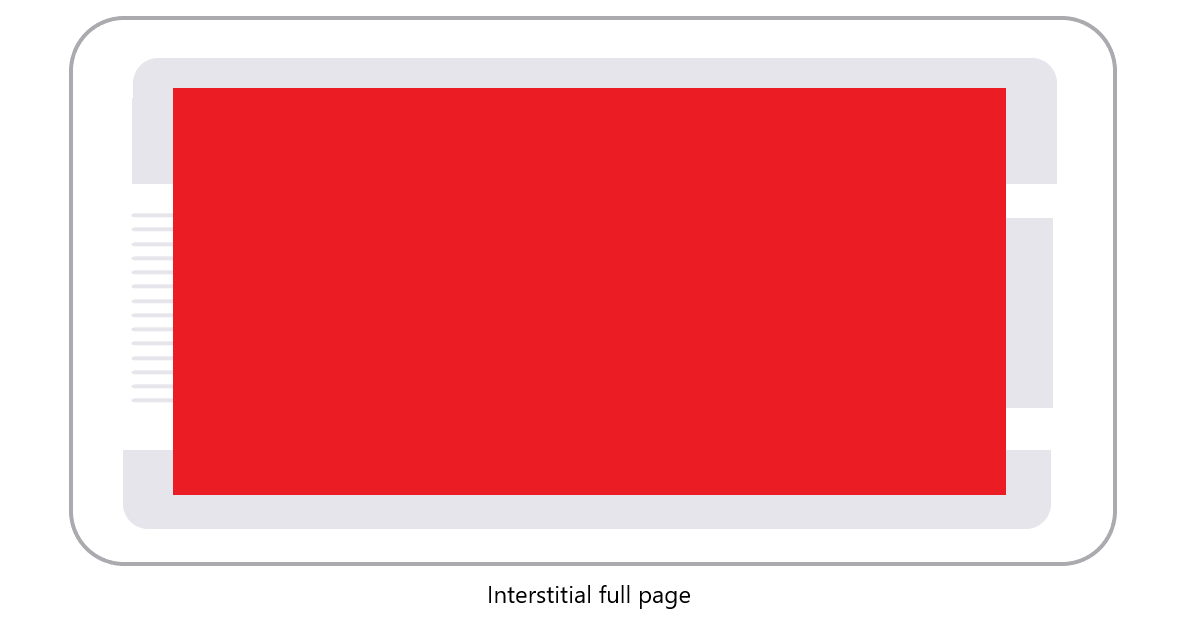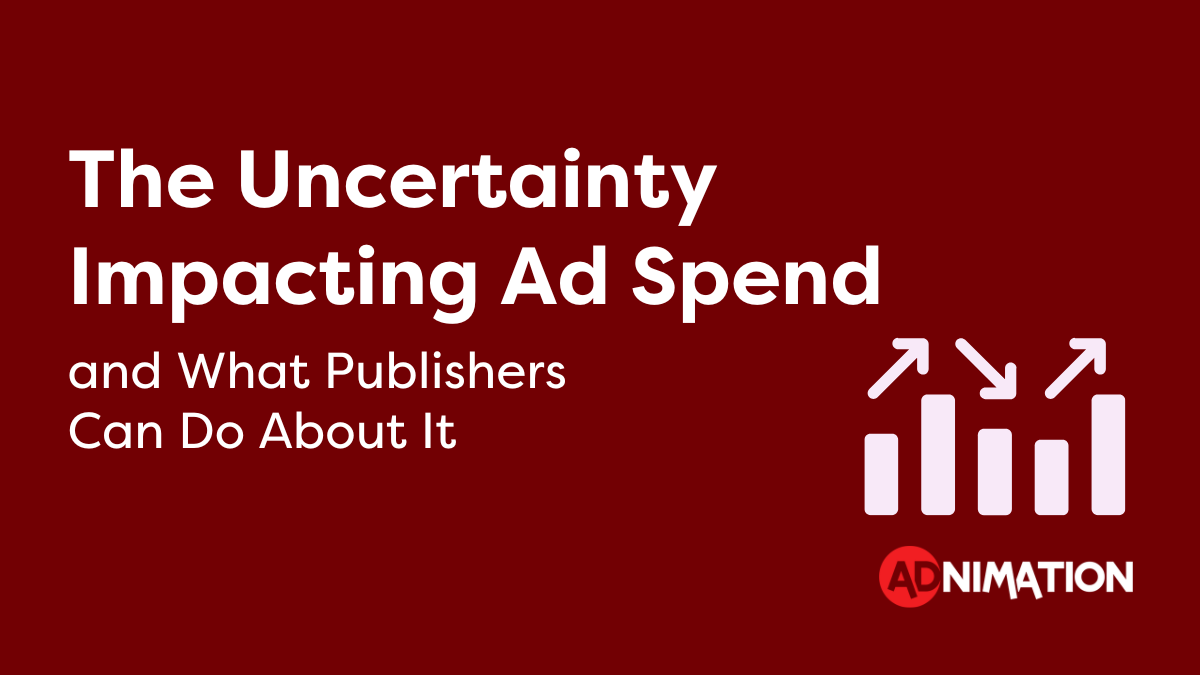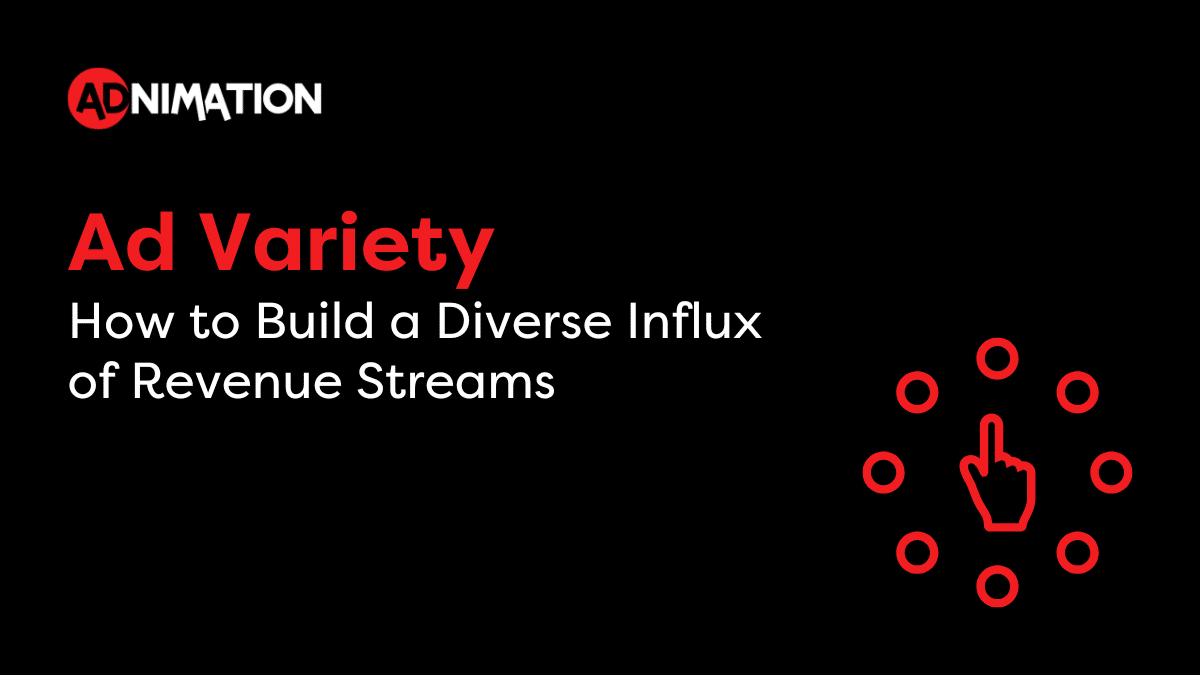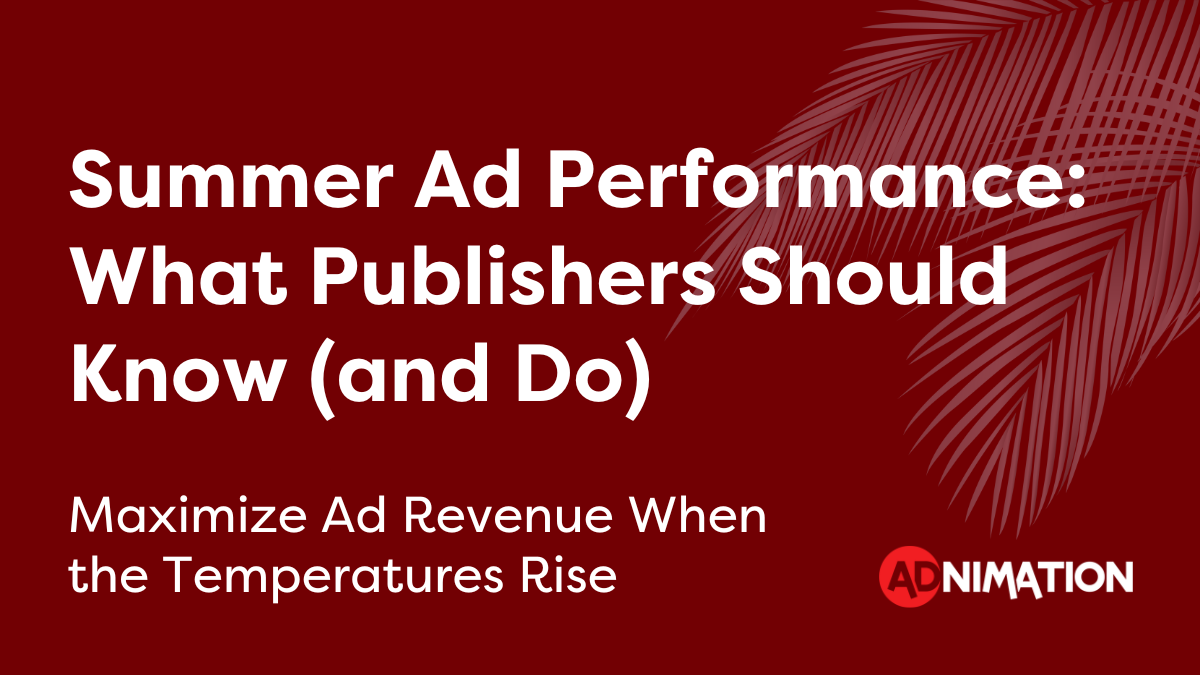If you’re a publisher, you’re always looking for new ways to generate more revenue from your website or mobile app. After all, generating revenue is the name of the game.
But with banner blindness negatively impacting your RPMs, it’s getting more difficult to rely on traditional advertising methods like banner ads.
Interstitial ads are a great way to boost your ad revenue, but like most things, they are not without drawbacks.
In this blog post, we will unpack interstitial ads, review their pros and cons, and explain how to correctly implement them.
What Are Interstitial Ads?
Interstitial ads are full-page ads that appear between the user’s current page and the page he or she is trying to navigate to.
Unlike banner ads, which are small and easy to ignore, interstitial ads are hard to miss and users need to dismiss them in order to get to the original page they were trying to reach.
This makes them an effective way to capture the attention of users and get them to click on the ad. And the more users engage with ads, the higher CPMs advertisers will pay, which will result in higher RPMs for publishers.
Advantages of Interstitial Ads
Interstitial ads generate exponentially higher revenue than regular display banner ads.
In fact, a recent study conducted by our monetization experts of 50 publishers found that the eCPM of interstitial ads was 4,000% higher than traditional banner ads! This was true for both US and European traffic sources. You can read more about the study here.
There are two primary reasons for this drastic increase in eCPM:
High Viewability – It’s impossible to miss an interstitial ad. Because they take up the entire screen, users cannot ignore them which results in markedly higher engagement.
High Click-Through Rates – Higher viewability leads to higher CTRs and higher conversions, making interstitial ads much more valuable to advertisers than traditional banners.
Direct Campaigns
Interstitial ads can also be utilized for direct campaigns as well as programmatic advertising. They can be a great addition for advertisers looking to prominently feature their product.
As a publisher, it’s important that you take advantage of the high eCPMs of interstitial ads and charge advertisers accordingly.
Disadvantages of Interstitial Ads
With such high eCPMs, you might be thinking to yourself: “Why don’t all publishers utilize interstitial ads?”
Well, it’s not so simple. There are several downsides to interstitial ads as well.
User Experience
Interstitial ads are intrusive by design and prevent users from getting to their desired page. This has a negative effect on user experience which can result in lower traffic.
Load Times
Due to the size of interstitial ads, they can affect the page load time which negatively impacts SEO.
Penalties for Misuse
Google has strict guidelines for interstitial ads, particularly on mobile devices, and publishers need to be careful to adhere to all the rules or face a penalty.
Receiving a penalty from Google is the last thing you want. It will affect your site ranking and lower your traffic, which will result in lower revenue.
Best Practices
Proper Placement
When implementing interstitial ads, publishers should always have user experience in mind. The ads should appear at natural break points on the page or in the app. In other words, the ad shouldn’t appear suddenly while the user is scrolling or filling out a form.
As explained by Google,
It is recommended that interstitial ads appear before the break page rather than after. Break pages often require a user to tap a Next button (or equivalent). Ads between levels and after a Next button can be surprising.
Remember, user experience is key!
Quantity
If an interstitial ad pops up every time users click a button, it will annoy them and potentially cause them to stop visiting the website or uninstall the app. That’s why publishers need to carefully balance the number of interstitial ads they place on the page.
Did we mention that user experience is key?
Clear ‘X’ Button
We’ve all been there – trying to find the seemingly invisible X button on an ad – and there is nothing more frustrating.
Interstitial ads that don’t have properly displayed close button can cause users to leave the site or app out of frustration.
For the last time (we promise) – user experience is key!
Bottom Line – Should I Serve Interstitial Ads?
The decision of whether or not to serve interstitial ads is a personal choice that every publisher must make.
Interstitial ads can be great boost to your ad revenue, which is why so many publishers choose to use them. But they have to be implemented correctly! If done incorrectly, they can harm your UX and potentially lead to complications with Google – which is the last thing you want as a publisher.
As a Google Certified Publishing Partner (GCPP) and a Google AdX Partner, Adnimation has access to Google’s interstitial code that protects publishers from incurring violations. The code ensures that:
- The ads are only triggered on the first click and are only shown to each user once per hour to limit interruption.
- The ads have a clearly defined ‘X’ or close button.
Still not sure or need help implementing interstitial ads? Get in touch with our monetization experts today for a free consultation.

